Patrick Langer
Comparative Efficacy of Commercial Wearables for Circadian Rhythm Home Monitoring from Activity, Heart Rate, and Core Body Temperature
Apr 04, 2024
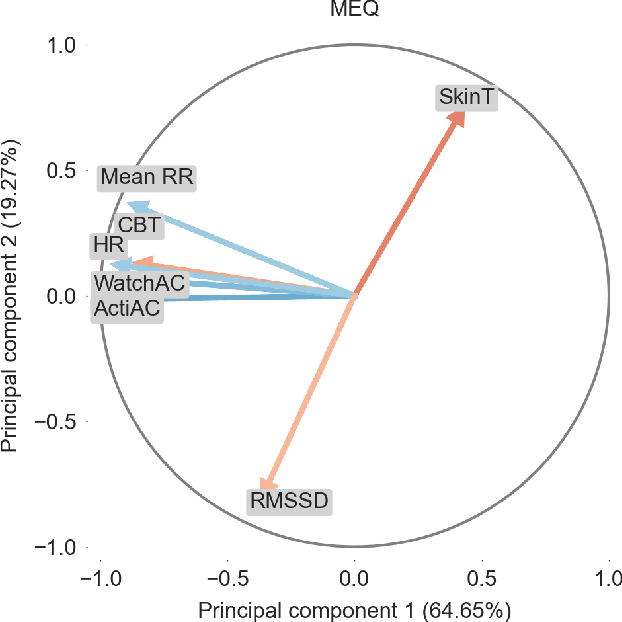
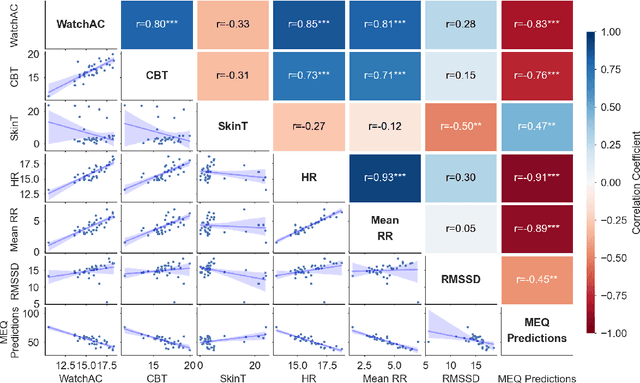

Abstract:Circadian rhythms govern biological patterns that follow a 24-hour cycle. Dysfunctions in circadian rhythms can contribute to various health problems, such as sleep disorders. Current circadian rhythm assessment methods, often invasive or subjective, limit circadian rhythm monitoring to laboratories. Hence, this study aims to investigate scalable consumer-centric wearables for circadian rhythm monitoring outside traditional laboratories. In a two-week longitudinal study conducted in real-world settings, 36 participants wore an Actigraph, a smartwatch, and a core body temperature sensor to collect activity, temperature, and heart rate data. We evaluated circadian rhythms calculated from commercial wearables by comparing them with circadian rhythm reference measures, i.e., Actigraph activities and chronotype questionnaire scores. The circadian rhythm metric acrophases, determined from commercial wearables using activity, heart rate, and temperature data, significantly correlated with the acrophase derived from Actigraph activities (r=0.96, r=0.87, r=0.79; all p<0.001) and chronotype questionnaire (r=-0.66, r=-0.73, r=-0.61; all p<0.001). The acrophases obtained concurrently from consumer sensors significantly predicted the chronotype (R2=0.64; p<0.001). Our study validates commercial sensors for circadian rhythm assessment, highlighting their potential to support maintaining healthy rhythms and provide scalable and timely health monitoring in real-life scenarios.
Efficient and Robust Semantic Mapping for Indoor Environments
Mar 11, 2022
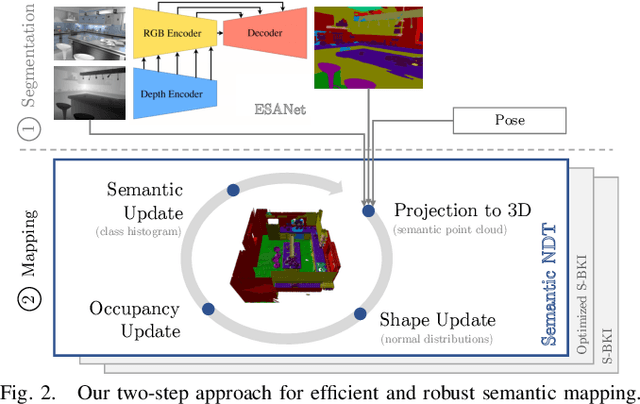
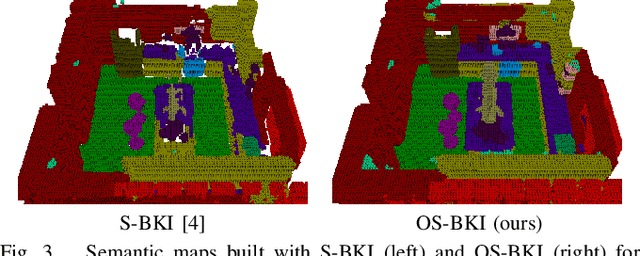
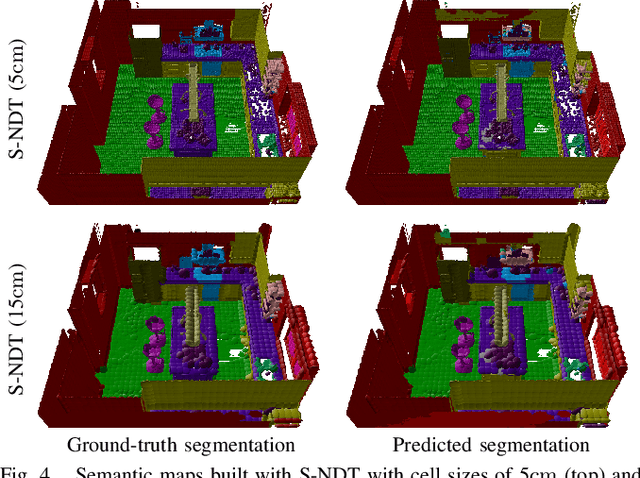
Abstract:A key proficiency an autonomous mobile robot must have to perform high-level tasks is a strong understanding of its environment. This involves information about what types of objects are present, where they are, what their spatial extend is, and how they can be reached, i.e., information about free space is also crucial. Semantic maps are a powerful instrument providing such information. However, applying semantic segmentation and building 3D maps with high spatial resolution is challenging given limited resources on mobile robots. In this paper, we incorporate semantic information into efficient occupancy normal distribution transform (NDT) maps to enable real-time semantic mapping on mobile robots. On the publicly available dataset Hypersim, we show that, due to their sub-voxel accuracy, semantic NDT maps are superior to other approaches. We compare them to the recent state-of-the-art approach based on voxels and semantic Bayesian spatial kernel inference~(S-BKI) and to an optimized version of it derived in this paper. The proposed semantic NDT maps can represent semantics to the same level of detail, while mapping is 2.7 to 17.5 times faster. For the same grid resolution, they perform significantly better, while mapping is up to more than 5 times faster. Finally, we prove the real-world applicability of semantic NDT maps with qualitative results in a domestic application.
 Add to Chrome
Add to Chrome Add to Firefox
Add to Firefox Add to Edge
Add to Edge